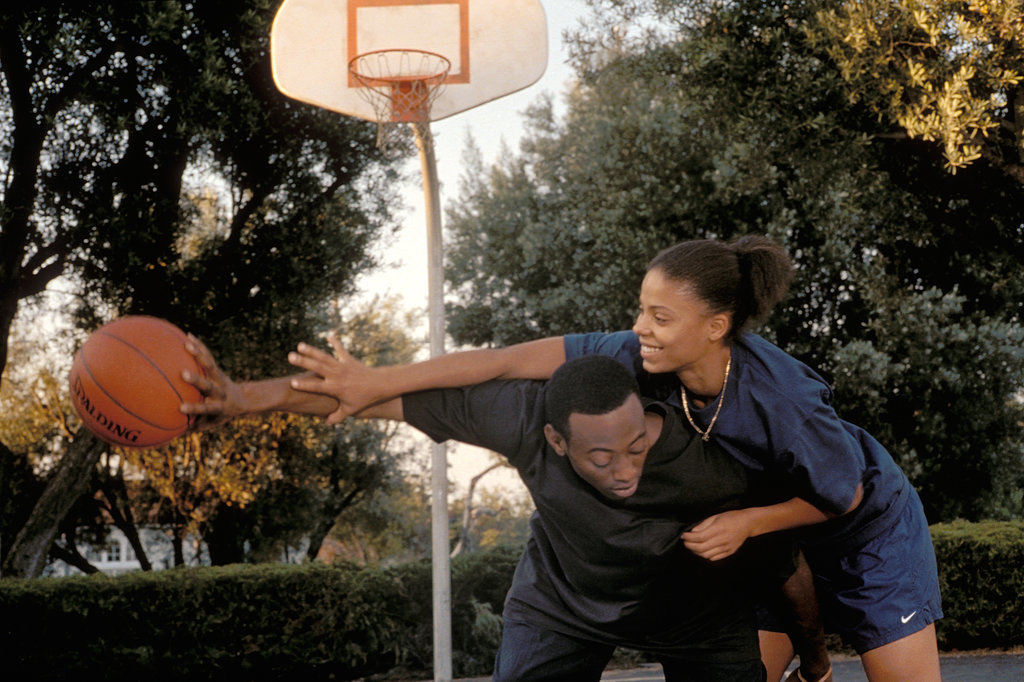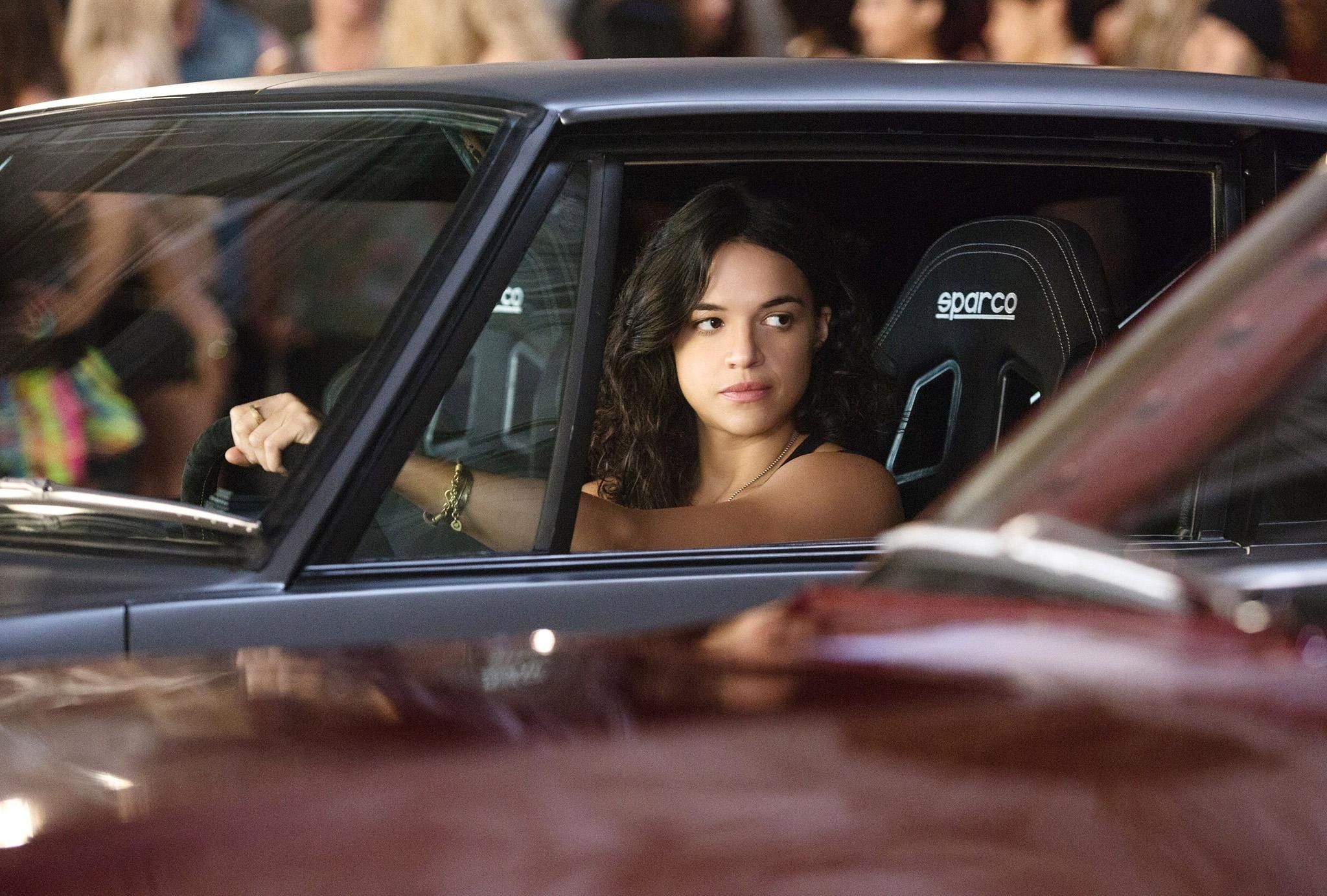This guest post written by Chelsy Ranard appears as part of our theme week on Women Directors, Part 2.
It’s pretty uncommon in Hollywood to see a movie directed by a woman as only 3.4% of all film directors are women. It’s even more uncommon to see women directing films in genres intended for a largely male audience. Granted, all movies of any genre can be and are watched and enjoyed by people of any gender. However, Hollywood tends to market certain genres towards men, and for that reason, it’s even more difficult for women directors to get in on the market. However, there is a female presence directing movies in each genre – even genres that are stereotypically considered for male audiences. Some may be surprised just how many popular movies are directed by women and marketed towards a male audience. Many female directors have created amazing, entertaining, and thought-provoking movies in the romantic comedy, independent, and drama genres through the years. But they’ve also created hugely popular movies in the sports, action, science fiction, horror, and western genres as well.
Sports
Sports, in general, is a predominantly male field in many ways. From playing sports to reporting, coaching, reffing, commentating, or marketing within sports, it’s dominated by men. Many women are interested in sports but have a hard time maneuvering the industry as a woman due to sexism. Not only that, but similar to STEM industries, sports opportunities aren’t as available to young women as they are for young men. As a result, few women find themselves in this field. The sports film genre is no different as most sports movies are directed by men. However, some amazing films in the sports genre are directed by women:
- Love & Basketball – Gina Prince-Bythewood
- Lords of Dogtown – Catherine Hardwicke
- Bend it like Beckham – Gurinder Chadha
- A League of their Own – Penny Marshall
Love & Basketball may also be a love story, and Bend it like Beckham and A League of their Own may also be about women, but they are sports movies nonetheless. Films about women for women are not as unusual, but sports movies highlighting women in sports are really important to the evolution of women’s sports as well, not to mention representing women’s sports in film. Both the film industry and the sports industry have issues with gender inequality regarding representation as well as pay. All of these directors have done something really uncommon in the film industry in that they are creating films about a topic that features a huge gender gap.
Action
Explosions, chase scenes, guns, fight sequences, combat, and fast-paced conflict is what action movies are all about. There’s an existing gender trope in the film world that romance films are for women, and movies with action are for men. This trope affects how films are made, who they are marketed to, who’s cast in them, and who directs them. Women are already hired for fewer directing jobs than men, but when they are hired, it’s usually for films perceived as being feminine, i.e. romantic comedies. Action movies may be stereotypically male in how they are marketed and perceived, but these amazing action films are directed by women:
- The Hurt Locker – Kathryn Bigelow
- Wonder Woman — Patty Jenkins
- Point Break — Kathryn Bigelow
- Punisher: War Zone – Lexi Alexander
Kathyrn Bigelow has become a pretty popular name among female directors – and action directors in general. Her film The Hurt Locker won the 2009 Academy Award for Best Picture and the BAFTA Award for Best Film, and was nominated for the 2009 Golden Globe Award for Best Drama. She’s the first (and currently the only) woman to win an Academy Award for Best Director, the Directors Guild of America (DGA) Award for Outstanding Directing, the BAFTA Award for Best Direction, and the Critics’ Choice Movie Award for Best Director. Lexi Alexander is one of the few women of color directing action films; Gina Prince-Bythewood will be “the first Black woman to direct a superhero film” with the upcoming Silver and Black. Wonder Woman, directed by Patty Jenkins, is “the highest-grossing live-action film to be directed by a woman” and “the highest-grossing film in the DC Extended Universe.” Jenkins became the highest paid woman director in history when she signed on to direct Wonder Woman 2. Bigelow, Alexander, Jenkins, and others like them making movies in this genre are breaking stereotypes and creating films filled with action for their predominantly male audiences.
Sci-Fi
Science fiction films are all about far-reaching, speculative science that tends to lean futuristic. Think aliens, time travel, space, and robots. Many women are just as interested as men are in this monster of a genre. However, since gender stereotypes regarding movie genres run rampant in Hollywood, women lose out on many sci-fi directing opportunities. This is unfortunate because there are many female directors that can bring out even more beautiful, outlandish, and futuristic imagery into the sci-fi films that people of all genders love. These are a few sci-fi films directed by women:
- The Matrix – Lana Wachowski and Lilly Wachowski
- Advantageous — Jennifer Phang
- Underworld: Blood Wars – Anna Foerster
- Deep Impact – Mimi Leder
Not only are Lana and Lilly Wachowski the directors of The Matrix movies, which are some of the most prominent sci-fi films in recent history, they are also transgender women representing an even smaller group of directors in the film industry. Sci-fi has been one of the top-grossing genres in recent years with huge blockbusters like Star Wars: The Force Awakens and Jurassic World raking in millions of dollars in revenue. Women, who miss opportunities to direct these films due to men being hired over them, are missing out on a huge portion of the money made in films as a result. With her upcoming adaptation of A Wrinkle in Time, Ava DuVernay is the first Black woman filmmaker to direct a film with a $100 million budget. For the women making sci-fi films, they are paving the way for others to have a foot in a lucrative market predominantly made for men by men despite audiences being largely female as well.
Horror
Unlike some of the other genres mentioned, the horror genre has made a lot of headway in terms of women directing horror films. Murder, serial killers, blood, gore, suspense, terror, and mystery are not gender specific and many women love to dive into the terrifying world of horror as much, or more, than some of their male counterparts. Some popular names include:
- Jennifer’s Body — Karyn Kusama
- American Psycho – Mary Harron
- The Babadook – Jennifer Kent
- A Girl Walks Home Alone at Night – Ana Lily Amirpour
Not only are women directing more horror films, but more women are watching them as well. Some of the most well-known horror films have women directing them: Pet Semetary, Near Dark, Slumber Party Massacre, Carrie (2013). With so many more options for women in this genre, it gives hope for women working towards directing movies in other male-dominated genres. The horror genre is a great example of female directors and female audiences defying their stereotypes and showing the true demographics of their chosen genre. Blood and guts don’t come with a gender qualifier.
Western
Cowboys, the old West, horses, and gunslingers fill the Western genre of films from Big Jake to Django Unchained. Unfortunately, women are hugely underrepresented in this genre. One of the issues with Western films is that they were more popular in the 1970s, when female directors had abysmal numbers. Interestingly, film critic Carrie Rickey points out, “The late 1960s and 1970s were a pivotal era for women directors whose films looked askance at society, social arrangements, and men.” Now that we are beginning to see more modern portrayals of Westerns, it’s still a somewhat small genre of films that women haven’t often been represented in yet. However, a few women have created films within this small and largely male genre:
- The Ballad of Little Jo – Maggie Greenwald
- Meek’s Cutoff – Kelly Reichardt
- ’49-’17 – Ruth Ann Baldwin
- Something New – Nell Shipman
None of these films are very recent. In fact, the most recent is Meek’s Cutoff from 2010 and the oldest ’49-’17 from 1917 – which is one of the first narrative-length Westerns ever directed by a woman. Regardless, these women have created films in a genre with almost no female representation at all — on-screen and off. It only takes one pioneer to take the steps needed to pave the way for others, so these women directing films in the Western genre have made it possible for other women to make Westerns in the future.
The idea of any genre being specific to one gender or another doesn’t have a ton of statistical backing, and neither does one gender’s ability to direct a movie for another gender. Both ideas lack logic, so there’s no reason for women to be denied directing roles because of a film’s perceived audience. What makes a film feminine or masculine? That question is even harder to answer when you realize that, overall, movie ticket sales are predominantly by women (52% of moviegoers in 2016). The notion that films are meant for one gender, or that films that aren’t traditionally “feminine” can’t be directed by women is widening an already problematic gender divide within directors in Hollywood.
There are many amazing women directing film and television, but not nearly enough. Luckily, the women paving the way for other female directors are fearlessly fighting their way to direct movies outside of the perceived stereotypical female genre despite it being even more competitive. Female directors are no strangers to blockbusters or huge film success. It’s just a matter of making it easier for other women to work within all genres by hiring women directors. Sports movies, action blockbusters, sci-fi, horror, and nostalgic Westerns may have perceived male audiences, but do they in reality? Women can be engineers, women can be welders, women can run businesses, women can enjoy horror, and women can direct action films. Gender tropes don’t belong in our world, and they don’t belong in our film in any capacity, either.
Chelsy Ranard is a writer from Montana who graduated with her journalism degree from the University of Montana in 2012. She is a passionate feminist, she enjoys talk radio, and is usually listening to out of date rock music. Follow her on Twitter @Chelsy5.








